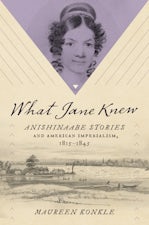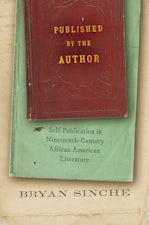Writing Deafness
The Hearing Line in Nineteenth-Century American Literature
By Christopher Krentz
280 pp., 5.5 x 8.5, 13 illus., notes, bibl., index
-
Paperback ISBN: 978-0-8078-5810-3
Published: September 2007 -
E-book EPUB ISBN: 978-1-4696-0668-2
Published: September 2012 -
E-book PDF ISBN: 979-8-8908-8240-0
Published: September 2012
Buy this Book
- Paperback $32.50
- E-Book $19.99
For Professors:
Free E-Exam Copies
Writing Deafness examines previously overlooked literature by deaf authors, who turned to writing to find a voice in public discourse and to demonstrate their intelligence and humanity to the majority. Hearing authors such as James Fenimore Cooper, Lydia Huntley Sigourney, Herman Melville, and Mark Twain often subtly took on deaf-related issues, using deafness to define not just deaf others, but also themselves (as competent and rational), helping form a self-consciously hearing identity. Offering insights for theories of identity, physical difference, minority writing, race, and postcolonialism, this compelling book makes essential reading for students of American literature and culture, deaf studies, and disability studies.
About the Author
Christopher Krentz is assistant professor of English and American Sign Language and is director of the ASL Program at the University of Virginia. He is editor of A Mighty Change: An Anthology of Deaf American Writing, 1816-1864.
For more information about Christopher Krentz, visit
the
Author
Page.
Reviews
"The implications of Krentz's study are far reaching. . . . [An] important contribution."--Sign Language Studies
"Reminds us of the importance of using the deaf voice in public discourse to portray the humanity of the deaf community. . . . Offers insights into identity formation, perceptions, physical differences, race, and minority writing."--Journal of Deaf Studies and Deaf Education
"Will revolutionize the way scholars understand United States literary culture. . . . Groundbreaking. . . . A valuable contribution to deaf studies and disability studies. . . . Innovative and memorable. . . . Even scholars who do not accept Krentz's argument . . . will perceive literature anew after reading this book."--CLIO
“Gracefully written and entirely original, Writing Deafness puts into dialogue hearing and deaf authors, yielding strikingly new interpretations of canonical American works. Krentz’s imaginative adaptation of Du Bois’s color line illuminates the nineteenth-century fascination with deafness and its importance to understanding the literature of the era.”--Douglas Baynton, University of Iowa
“The first study of deaf issues intersecting with American literature, Writing Deafness makes a unique and significant contribution to both American literary studies and deaf studies. It is carefully researched, impeccably well written, effective, and accessible.”--Brenda Brueggemann, Ohio State University




